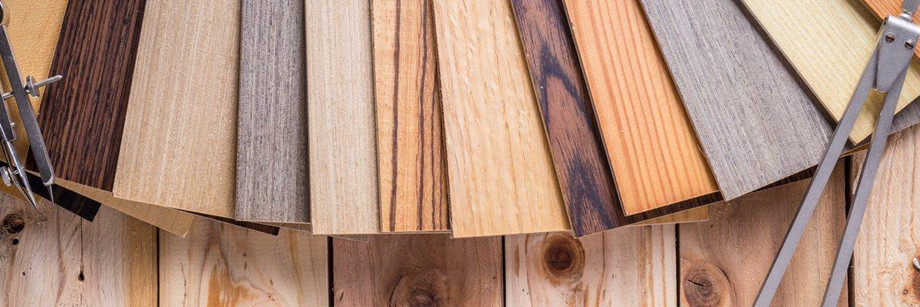Wood veneer is a popular and sustainable material that has been used for centuries to add elegance and character to furniture and interior spaces. In this article, we will explore the beauty and benefits of wood veneer, as well as its positive impact on sustainability.
What is Wood Veneer?
Wood veneer is a thin slice of real wood, typically around 0.6 to 6 millimeters in thickness. It is obtained by slicing or peeling a log into thin layers, revealing the unique grain patterns and natural beauty of the wood. These slices are then applied to various surfaces, such as furniture, cabinetry, doors, and even walls, using adhesives.
Enhancing Aesthetics and Elegance
One of the primary reasons for the enduring popularity of wood veneer is its ability to add sophistication and elegance to furniture and interiors. The natural patterns and colors of different wood species create a unique and visually appealing look, elevating the overall design of any space.
Wood veneer allows designers and craftsmen to achieve intricate patterns and artistic designs that may not be possible with solid wood. It offers the opportunity to mix and match different wood species, creating stunning contrasts and harmonious combinations that suit various design styles, from classic to contemporary.
Sustainable Choice for Furniture
In an era when sustainability is paramount, wood veneer stands out as an eco-friendly choice for furniture manufacturing. Unlike solid wood, which requires larger trees and more resources, wood veneer maximizes the use of precious timber. One tree can yield several veneer sheets, making it a resource-efficient option.
Moreover, the process of creating wood veneer involves using thin slices, minimizing waste and reducing the impact on the environment. Additionally, manufacturers often use fast-growing and renewable wood species for veneer production, further contributing to sustainability.
Strength and Stability
Contrary to misconceptions, wood veneer does not compromise the strength or durability of furniture. When properly applied, veneer adheres securely to the underlying substrate, be it plywood, MDF, or particleboard, providing a stable and durable surface. This combination of veneer and substrate ensures that the furniture maintains its integrity and lasts for many years.
Maintenance and Care
Wood veneer furniture is easy to maintain with regular dusting and occasional polishing using appropriate wood care products. A well-maintained veneer surface can retain its natural beauty for decades.
Conclusion
Wood veneer continues to be a timeless and sustainable choice for enhancing the beauty of furniture and interior spaces. Its unique patterns and colors, along with the positive environmental impact, make it a favored material for eco-conscious designers and homeowners. Whether it's adorning a classic dining table or adding warmth to contemporary cabinets, wood veneer proves to be a versatile and enduring element in the world of design.

